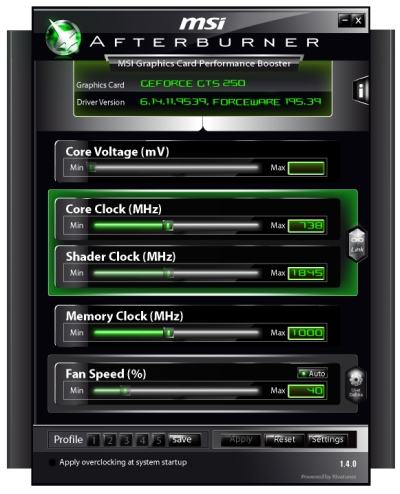
AMD supports overclocking on all of its Ryzen CPUs but not every motherboard does. That said, there are still a few things you'll need in order to get an overclocking up-and-running.

Only by trial and error will you find a balanced clock speed.What you need to overclock your AMD Ryzen CPUĪMD leaves the door wide open for gamers to overclock their Ryzen CPUs, and you'll find less stringent rules for overclocking compared to Intel's lineup. As such, it's usually best to decrease in increments rather than huge chunks. If that happens, it means you have underclocked your computer too much, so increase the clock speed slightly.
Reduce the clock speed to whatever level you want, but make sure this will not cause your games or programs to lag, crash, or display unusual errors. Watch how the clock speed decreases as you move the slider to the left. A slide to the left lowers the clock speed, i.e., underclocking, whereas a slide to the right increases the clock speed, i.e., overclocking. With the fourth slider, labeled Core Clock (Mhz), you can control the speed of your GPU cores. In the middle, there are six sliders that let you control all GPU settings. As well, you can see the set voltage and temperature on the right dial. The dial on the left shows the clock speed of your graphics card and memory. In this interface, you will see two round dials on the left and right sides of the controller. Under User interface skinning properties, select the interface mentioned above. If your default interface doesn't look like the one shown above, tap on the Settings (gear icon) and go to the User Interface tab. Our explanation is based on the MSI Cyborg Afterburner Skin Red by Drerex Design interface. Afterburner offers a variety of user interfaces, but they all provide the same features and control settings. 
Follow the instructions to install the program and launch it after it has been installed.

Download MSI Afterburner from the MSI official website.







 0 kommentar(er)
0 kommentar(er)
